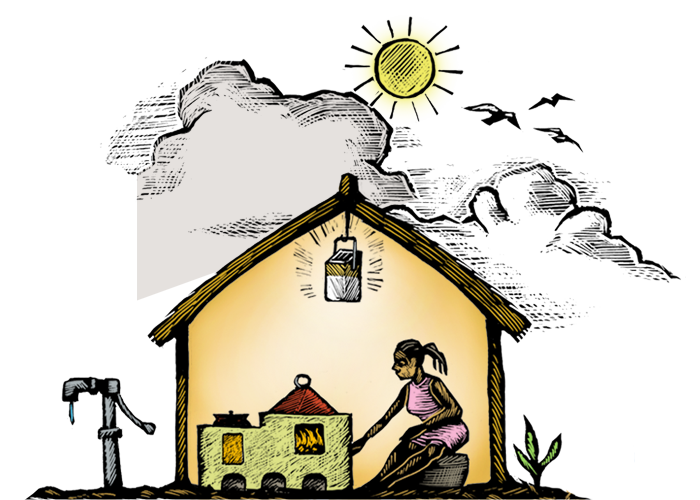
Trees
Greening the landscape
For the women of sub Saharan Africa, the only source of cooking and lighting for their homes is the trees that grow around them. Millions of women and children spend many hours a day living lives of drudgery as they trek further and further afield in the search for wood which is then gathered into huge bundles that they must carry home on their backs.
As a result of many years of this practice as well as unsustainable industrial logging the land is now devoid of forests. This is catastrophic for the environment and the communities who live there.
Trees anchor the soil, they retain water and they provide food, shade and habitat to animals, insect and humans alike. The depletion of the forests in Africa has helped drive climate change and hunger, and further increases the vulnerability of these people.
The Green impact fund focuses not just on saving trees, through improved stoves and clean water but also on sustainable forestry programmes. For example, each stove recipient will get 20 saplings. These are grown in a plantation in the village and the women are taught how to manage the trees sustainable to ensure reduced carbon emissions and better energy security for all of the village.
The saplings are also sustainably sourced, coming from a series of co-op nurseries that Vita has set up to ensure a constant flow of trees to the communities in the Green Zones. The most commonly planted trees is the Moringa, or miracle tree, so-called because every bit is usable, and the leaves are extremely nutritious and mangoes.


